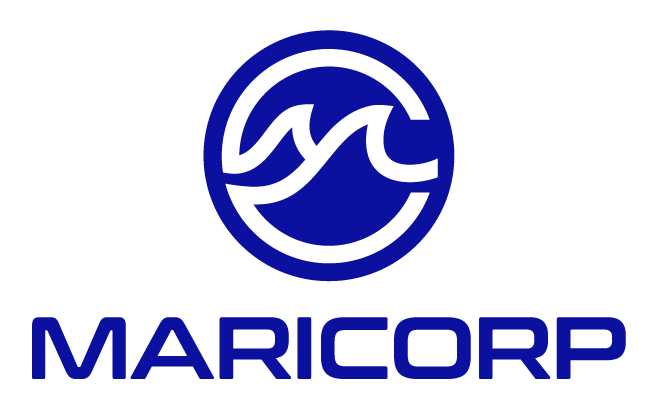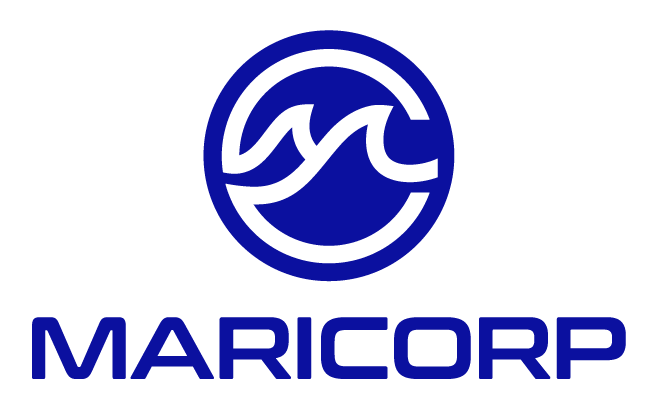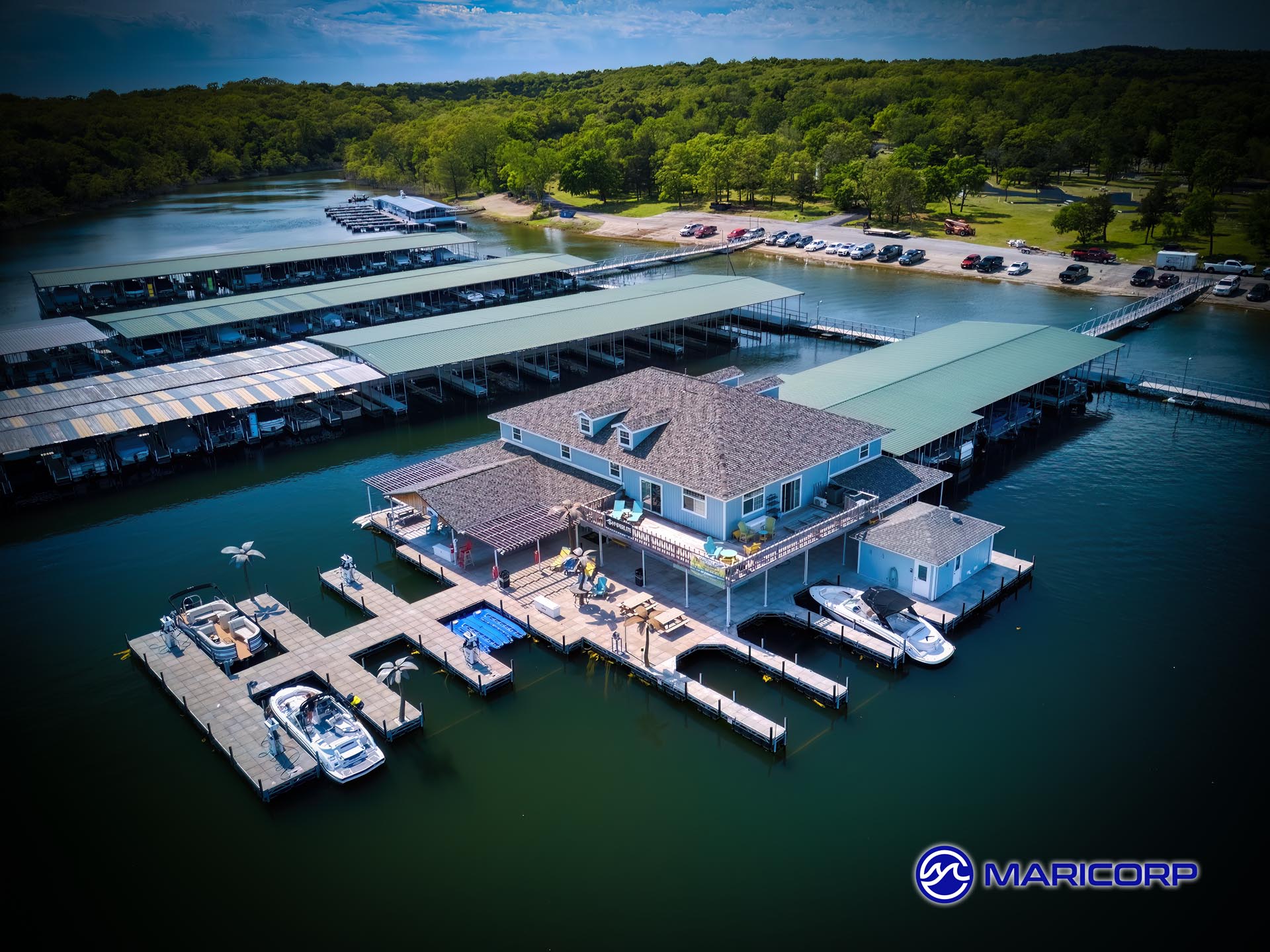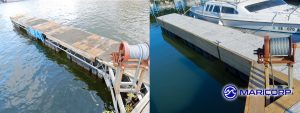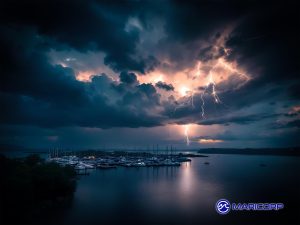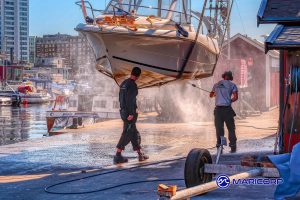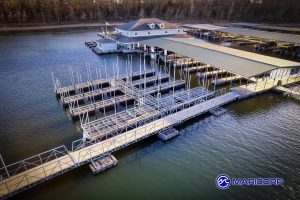Fuel Dock Safety Best Practices
Fuel Dock Common Hazards
Fuel docks are among the highest risk zones in any marina. Between the proximity to open water, flammable liquids, and unpredictable boater behavior, they present a range of safety and environmental challenges. A single oversight during fueling can result in fire hazards, fuel spills, water contamination, or serious injury, each carrying potential legal consequences and reputational damage.
At the federal level, fuel dock operations fall under the regulatory oversight of both the U.S. Coast Guard (USCG) and the Environmental Protection Agency (EPA). These agencies set expectations for both design and operational practices to reduce the risk of fuel discharge into navigable waters.
Though Coast Guard jurisdiction is often understood to include any waterfront fueling facility, in practice, compliance depends heavily on marina operators maintaining conditions that align with standard marine safety expectations. This means ensuring that:
- Fueling hoses and connections are never situated below deck edge or over water
- “No hot work” zones are clearly marked and enforced near fuel transfer areas
- Emergency shut offs and spill kits are visible and ready
These best practices form the operational backbone of effective fuel dock safety, helping reduce risk and enhance both compliance and reputation.
On a day to day basis marina operators are the frontline for enforcing fuel dock safety protocols, ensuring not only that equipment is maintained, but that staff and guests alike follow established procedures. Even minor infractions, like failing to monitor active fueling or lacking signage about emergency shutoffs, can result in citations or insurance complications.
Designing a Compliant Fuel Dock
Creating a fuel dock safety system begins at the infrastructure level. Marina operators must ensure their fueling stations are not only convenient but also compliant with fire safety, ADA accessibility, and spill containment regulations. Most modern facilities feature reinforced decking, clearly marked fire extinguisher stations, and containment curbs or catchment systems designed to prevent leaked fuel from reaching the water.
For example, secondary containment, such as sumps beneath dispensers or protective fuel line conduits, is a key requirement under the EPA’s Spill Prevention, Control, and Countermeasure (SPCC) regulations to support effective spill prevention.
Accessibility is also a critical factor. The Access Board outlines comprehensive guidelines such as gangway slope and slip width minimums, in its Recreational Boating Facilities section. These ADA standards ensure boaters with mobility needs can safely access slips, walkways, and fuel areas.
Proper equipment labeling supports both safety and compliance. Color coded hoses, clear “No Smoking” and “Turn Off Engine” signs, and visible spill kit instructions should be posted visibly. Fuel docks should also be ADA friendly in layout, clear pathways, gentle slopes, and safe railings, helping all boaters engage in fuel dock safety behavior confidently.
Daily Operating Procedures That Prevent Accidents
Day-to-day operations at the fuel dock demand more than just opening valves and collecting payments. Every fuel transfer carries the potential for error, which is why consistent protocols are essential to maintaining fuel dock safety.
Before any fueling begins, staff should complete a visual inspection of all hoses, nozzles, and emergency shutoffs. Signs of wear, loose fittings, or blocked vents should prompt immediate maintenance. If your marina uses storage tanks, monitoring levels with an automatic tank gauge (ATG) supports both leak detection and inventory control. ATG systems detect leaks, monitor levels, and even trigger alerts, making them ideal for marina operators focused on spill prevention.
During fueling, one staff member should remain present at all times. This isn’t just good practice, it’s often required by insurance policies and local fire regulations. A laminated pre-fueling checklist posted at the pump or distributed via a mobile app can guide staff and customers through safe procedures:
- Engines off
- No smoking nearby
- All passengers safely seated
- Fueling nozzle held firmly (not latched)
- Absorbent pads placed under fuel cap vents
After fueling, ensure nozzles are properly returned, caps are secured, and the area is clean of drips. These consistent habits provide a solid foundation for fuel dock safety and effective spill prevention.
Training and Certification for Fuel Dock Staff
Personnel are the marina’s first line of defense. Investing in regular, documented training enhances fuel dock safety and can reduce liability while also increasing guest trust.
Many states require operators of underground storage tanks to receive certified training. The EPA outlines minimum training requirements for UST system operators including classes A, B, and C, ensuring staff understand fuel system operation, alarms, and emergencies.
All fuel dock staff, regardless of tank type, should be trained in:
- Using spill kits and absorbents
- Operating Class B fire extinguishers
- Following fueling protocols and dock etiquette
- Contacting emergency services, Coast Guard, or harbor patrol
Regular spill prevention drills (e.g., nozzle drops or hose ruptures) reinforce readiness. Record dates, participants, and scenario outcomes in training logs for both internal reviews and regulatory inspections.
Providing proper personal protective equipment (PPE) such as fuel resistant gloves, goggles, and aprons further minimizes spill risks, especially during busy or high pressure fueling periods.
Emergency Preparedness and Spill Response Readiness
Even with proper procedures, accidents can and do happen. The key is having a response plan that’s not only written down but regularly rehearsed. Every marina should maintain a well stocked spill response kit at the fuel dock, including absorbent booms, pads, gloves, containment socks, and disposal bags. Kits should be clearly labeled, easily accessible, and routinely inspected to ensure all materials are dry, intact, and usable.
Marinas are encouraged to keep a Spill Prevention, Control, and Countermeasure (SPCC) plan on file, even if not legally required due to fuel storage volume. This plan outlines what to do in the event of a spill, including emergency shutoff procedures, reporting contacts, and site-specific risks. Operators can find helpful guidance from the EPA website, which explain how to develop a compliant plan for smaller fueling operations.
Assigning a spill response leader during each shift helps ensure accountability and avoids hesitation when minutes matter. Encourage staff to review who to contact, such as local fire and environmental authorities, and practice spill drills quarterly or after any staff turnover.
Guest Education and Signage
Marina guests, especially new or infrequent boaters, may not be familiar with proper fueling etiquette. Clear, visible signage at the fuel dock is one of the easiest and most cost-effective ways to prevent mistakes. These signs should:
- Remind guests to turn off engines and extinguish open flames
- Instruct on proper nozzle use and avoiding “topping off” tanks
- Indicate where spill kits or fire extinguishers are located
- Reinforce the importance of remaining at the pump during fueling
To enhance safety culture, some marinas now include fueling reminders in guest check-in packets or rental agreements, such as: “Stay with your boat while fueling,” or “Notify staff immediately in the event of any fuel on the water.” Digital options, such as QR codes that link to short instructional videos, can supplement in-person instruction for transient or self-service guests.
These proactive efforts not only reduce environmental risk, but they also demonstrate your marina’s commitment to compliance and professionalism, something boaters take note of when recommending or returning to your facility.
Managing Wastewater and Bilge Discharge Risks
Fuel dock areas are often located adjacent to pump out or bilge discharge zones. Without proper separation and oversight, accidental releases can combine hydrocarbons, sewage, and gray water, all of which pose significant environmental threats.
Operators should establish clear policies that prohibit bilge pumping or wastewater discharge at the fueling area. Designate separate spaces for these services, ideally upstream of the fuel dock, and provide signage and staff guidance to direct vessels accordingly. For added safety, consider installing oil/water separators or offering mobile bilge pump-out services, especially during peak boating weekends.
For additional guidance, marina managers can consult the National Directory of Clean Marina Programs, maintained by the Association of Marina Industries. This resource links to Clean Marina initiatives in nearly every coastal and inland state and includes best practices for waste handling, petroleum control, fueling infrastructure, and bilge management.
Maintaining a clear division between fueling operations and all discharge activity significantly reduces the chance of cross-contamination and sends a strong environmental message to your guests.
Recordkeeping, Reporting, and Compliance Documentation
Proper documentation is not just a regulatory formality, it protects your marina in the event of an inspection, spill, or customer dispute. Key records every fuel dock should maintain include:
- Fuel transfer logs with date, time, and vessel details
- Daily or shift-based inspection checklists for hoses, valves, and spill kits
- Incident reports for any fuel release, no matter how minor
- Staff training logs and certification renewals
- Vendor or delivery records for fuel resupply operations
Keep these materials in a clearly labeled binder or a digital dashboard accessible to authorized staff. Regularly back up electronic files and avoid the trap of “set it and forget it”, outdated plans or expired inspection logs are nearly as risky as having none at all.
In case of a spill, it’s also vital to know your local reporting thresholds and timeframes. The National Response Center must be contacted immediately for any discharge of oil or hazardous substance into navigable waters. They operate 24/7 and are the central federal point of contact for all pollution incidents.
Staying current with documentation isn’t just about avoiding fines, it’s a key element of running a responsible, safety conscious marina.
Upgrading Infrastructure for Compliance and Efficiency
Outdated fueling systems can expose marinas to environmental violations, insurance liabilities, and operational inefficiencies. Regular infrastructure upgrades not only improve safety but also demonstrate responsible management.
Modern fuel dock infrastructure should include vacuum monitored piping, automatic shut off nozzles, and double-walled storage tanks for above ground installations. Equally critical are clearly labeled emergency shutoff switches that are easy to reach in case of spill or fire. These features not only reduce risks but are often required under local or state environmental regulations.
To better understand tank safety and prevent overflows, especially in freshwater environments, marina operators can refer to the Complete Guide to API 2350, 5th Edition, which outlines industry standard practices for petroleum storage. This resource includes detailed sections on high level alarm systems, tank categorization, and operating procedures designed to minimize the chance of accidental discharge during fuel delivery.
Additional upgrades, like LED task lighting, night vision security cameras, and fuel tracking software, can further modernize operations. If your fueling infrastructure is more than two decades old, it may be time for a full audit. Many state led Clean Marina programs offer support or grant funding for environmentally sound upgrades.
By maintaining safe fueling routines and striving for voluntary certification, marinas not only stay compliant, they strengthen their brand and appeal as eco conscious, guest focused facilities.
Related Maintenance Articles
No links yet.
Related Articles:
- Wear Your Life Jacket To Work Day 2025
- National Safe Boating Week 2025
- What I Learned Hosting Marina Days
- National Maritime Day 2025
- Celebrate “Kids to Parks Day” 2025
About MariCorp
Maricorp is one of the largest floating boat dock manufacturing and construction companies in the United States, specializing in galvanized steel floating docks and boat lift systems. With projects spanning coast-to-coast, Maricorp provides marina consultation and design, marine construction, marina repair and renovation, and boat dock disaster response and demolition.
